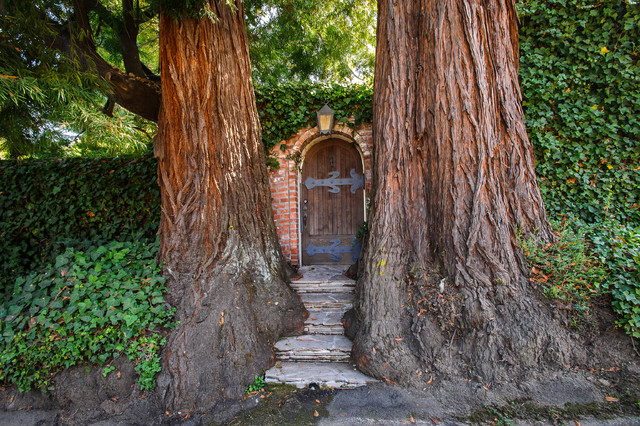
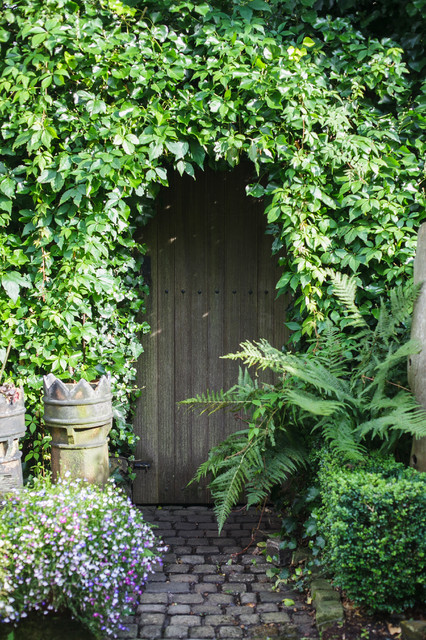

Inside the garden, provide a seating area as an alluring destination that draws in visitors. These destinations can be as simple as a pair of chairs pulled up to a cafe table or a bench drawn under a shade tree. If the seating area is partially obscured by foliage or fencing, it only adds to the feeling of discovery.
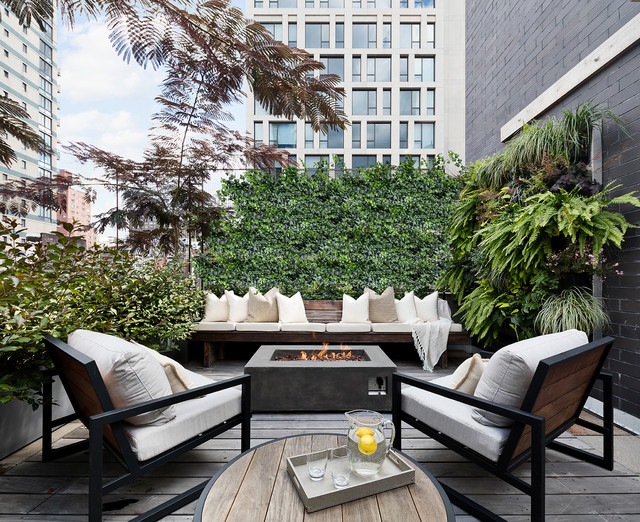
Nothing breaks the spell of a secret garden like seeing the blank faces of adjacent buildings or looking straight into a neighbor’s windows.
Turn to fences, evergreen hedges and trees with leafy canopies for screening. A combination of fencing and tall, layered plantings makes this rooftop in New York City feel like a secluded retreat rather than a city terrace.


Secret gardens can take any shape and style, but those that are slightly less manicured and a bit more wild have a certain romance. Get the naturalistic look by planting billowing grasses, carefree flowering perennials and native plants of all types. For more formality, balance loose plant forms with sheared hedges, a patch of mowed lawn or a few clipped shrubs for structure.
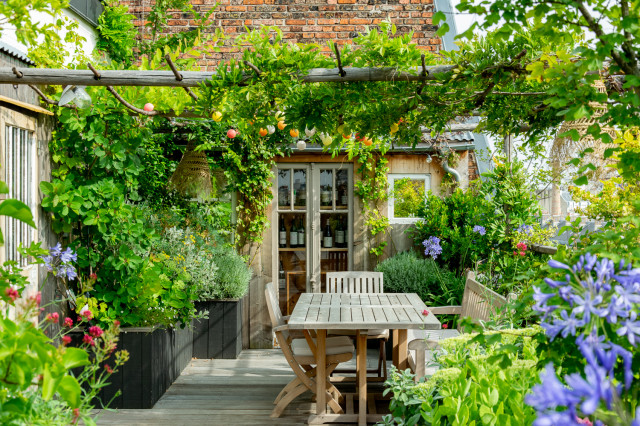
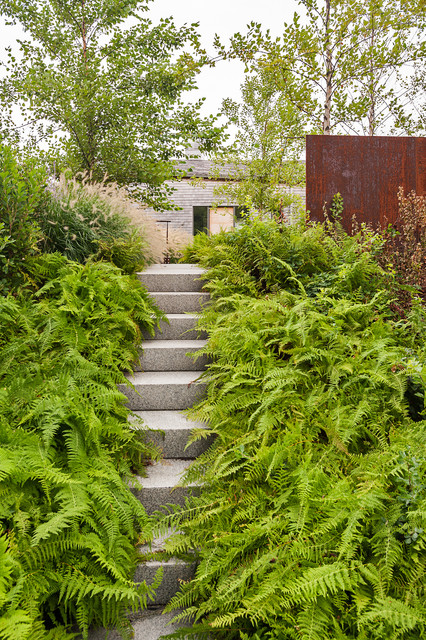
Use a steppingstone path or a winding walkway to draw visitors into the garden. The trick to evoking a feeling of anticipation: Leave the destination hidden.
These steps, for example, run in a straight line but curve out of sight at the top of the slope, making you wonder what lies behind it. Ferns cascade over the pathway and add to the journey.
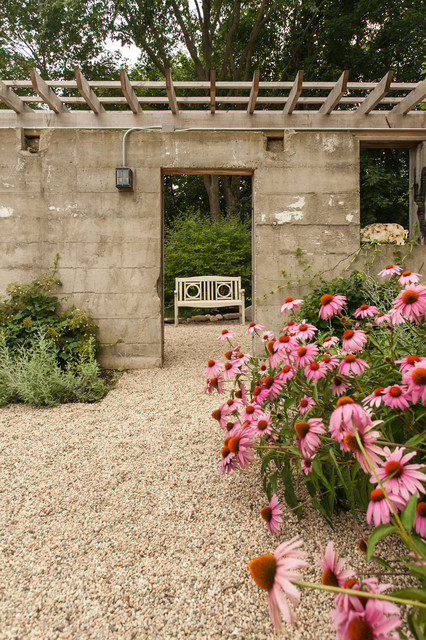
In more open landscapes, adding a sheltered seating area or a small hedged-in garden can help balance a feeling of openness with one of privacy and seclusion. It’s adding a secret garden within a garden, so to speak.

Welcome bees, butterflies, birds and other small creatures to your secret garden by offering sources for food and water, and areas for shelter. Choose native plants and others that support pollinators. Allow plants to go to seed — which can become food for birds in fall and winter.
Welcoming these connections with wildlife may give new meaning to your experience with the garden.

Tap into nature’s own seasonal magic — the emergence of new bulbs in spring and leaves changing from green to red, orange and gold in fall — by choosing some plants for recurrent interest in your secret garden.
If you don’t want to undertake larger-scale planting projects like adding deciduous trees, consider planting one or two containers for seasonal color. Plants like tulips, daffodils and other bulbs, summer annuals and perennials, Mediterranean herbs, and small-scale Japanese maples grow well in containers.
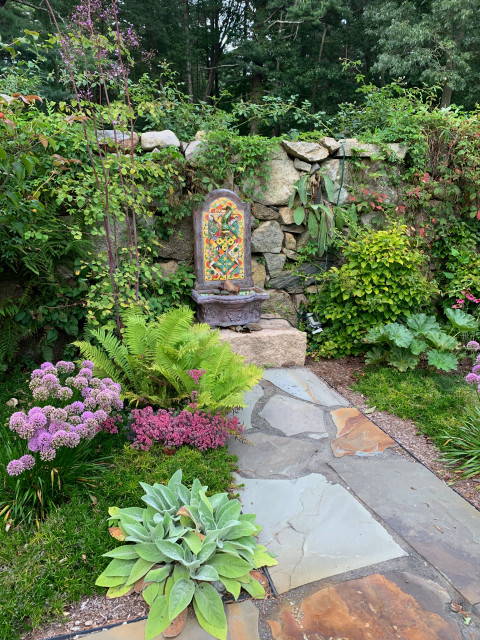 Amy Martin Landscape Design
Amy Martin Landscape DesignAdd a thoughtful object to the landscape to make a secret garden feel more like your own. Ordinary objects with personal meaning, such as an interesting rock picked up at a special beach, may remind you of a favorite trip or childhood memory. Historical objects or those with spiritual meaning can bring greater depth to the garden.
Whatever you choose, consider partially concealing the object within garden beds or around the bend in a path to add an element of discovery.
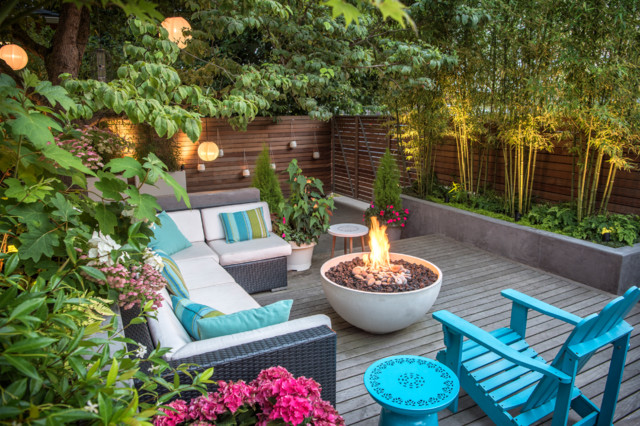
Subtle, glowing landscape lighting is the icing on the cake for making a secret garden feel like a magical retreat. Select lights that are small and subdued, rather than bright flood lights — we’re going for the look of fairy lights and not a football stadium, after all. Apart from providing ambience, lights can be practical too — extending the time you can enjoy being out of doors, and illuminating pathways and stairs for safety.
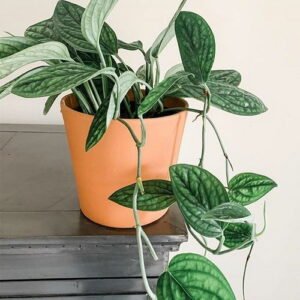
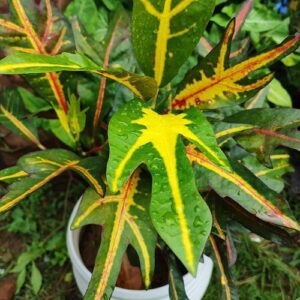
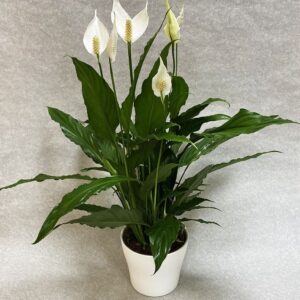
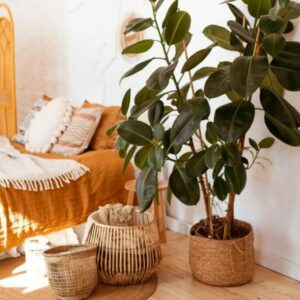
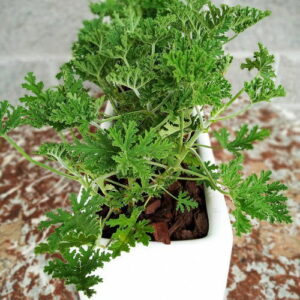
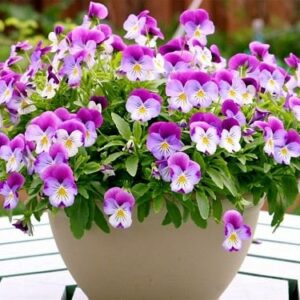
Gates and entryways are important features in any garden, but they are essential for secret gardens. They define a threshold — marking the passage from one garden area (perhaps a more public one) to a private space. Create a sense of mystery about what lies beyond with a garden entrance that blocks the inner garden from view. This magical garden door, for example, dwarfed by redwood trees on both sides, obscures the garden beyond, adding to its mystery.